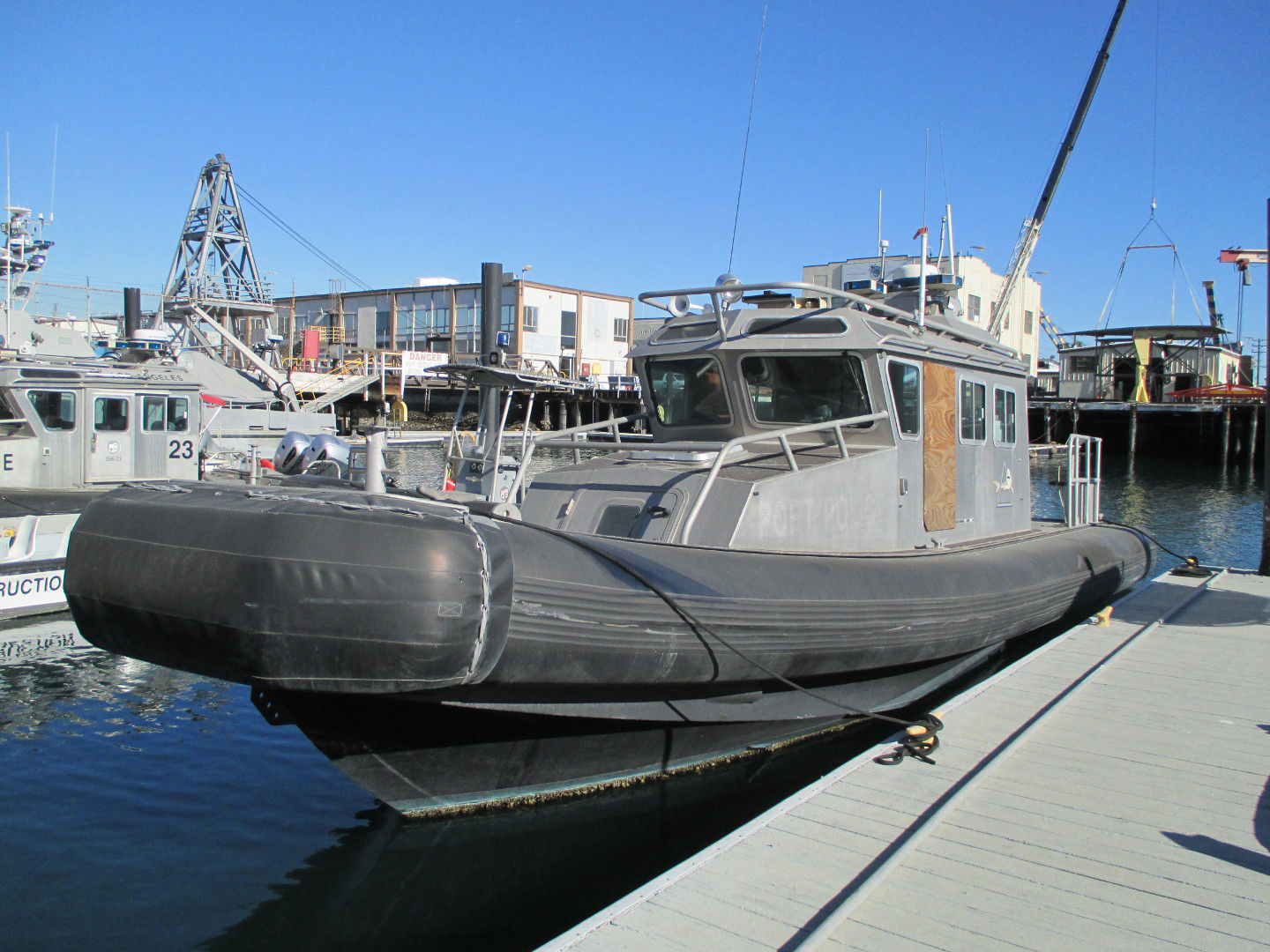

Verify that the propeller is not chipped or bent and make sure that it rotates smoothly. West Marine offers a complete selection of propellers. So for bellows replacement (and other outdrive parts), depending on your level of expertise, you may need to contact a professional. FYI: A compromised bellows can allow water to enter your boat and potentially sink it! Note: Bellows replacement falls outside of the maintenance that many owners would consider performing themselves.
If any of the bellows needs replacement, replace all of them. Following this, inspect the exhaust bellows (if present) and the shift cable bellows. Next, examine the drive shaft/U-joint bellows, which is an accordion-like rubber boot that surrounds the engine’s output shaft. Then test the trim/tilt and inspect the trim cylinders for leaks. Start by checking the fluid level in the trim/tilt reservoir. Most spark plugs come pre-gapped, but we suggest you double check the new plugs against the specs in your owner’s manual.
Inboard outboard boats for sale manual#
Consult your owner’s manual for the best approach to take. This is a pretty simple procedure, the only limitations being a possible lack of access on some engines, which can add to the time required to complete the job. Flooded batteries should register 13.1–13.4 volts. Optimum voltage varies with battery type. After charging your battery, check its state of charge again. Next, check the battery’s voltage with a multimeter. If your battery terminals have wing nuts, replace the wing nuts with hex nuts and lock washers to ensure that the connections remain tight. Apply dielectric grease or dielectric spray after installation to prevent corrosion. If your battery was disconnected for winter storage (which is recommended), you now need to reconnect the cables and any other wires that were connected to the battery. Clean any corrosion from the terminals. Reconnect the battery to the battery cables.Īfter charging the battery, check its voltage with a multimeter.

As with exhaust and water hoses, suspect hoses should be replaced. Fuel hoses should be rated for marine use. Again, look for cracking, or spots where the hose may be worn due to vibration-related abrasion. Hoses should be securely clamped with marine-grade stainless steel hose clamps. Squeezing or bending the hoses may reveal cracks that are not visible to the naked eye. Hoses should be pliable and not hard to the touch. Look for signs of abrasion or for cracks which may not be easy to see. Second, take a look at the cooling water and exhaust hoses. First, examine the engine belts for signs of excessive wear. Set of new sacrificial anodes (Need depends on condition of existing anodes.).Hand tools, including ratchet and spark plug socket, large slotted screwdriver.Lube oil pump for the outdrive (one-time investment).Fresh gaskets for the gear lube drain/fill and vent holes.Water pump impeller kit (Annually or every other year).This article is general in nature and should not replace the recommendations found in your inboard/outboard engine’s manual. We hope (knock on wood!) that your manifolds and risers are sound (see “About Manifolds and Risers” at the end of this article) and that outdrive components such as the bellows and the gimbal bearing do not need to be replaced. And if your gear lube happens to contaminated with water (a common problem), the drive can possibly suffer damage by the time you get around to changing the gear oil in the spring. Why? Because dirty engine oil can form acids that can damage internal engine parts. While this article does discuss changing your inboard/outboard's engine oil and gear lube oil, these tasks ideally should be part of winterization.

In this article we assume that your engine and outdrive were winterized with antifreeze and that the engine was treated with fogging oil prior to winter layup. The snow has melted, new green grass is reaching for the sun and guess what? It’s time to get your inboard/outboard ready for the season ahead!


 0 kommentar(er)
0 kommentar(er)
